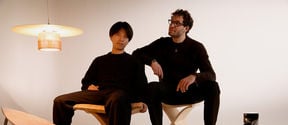Designer materials with completely random structures might enable quantum computing
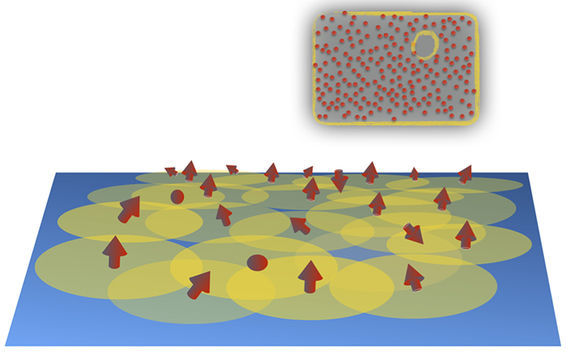
Randomly sprinkled magnetic atoms (red arrows) on a superconducting surface may give rise to a topological superconducting phase. Inset: The onset of the topological phase is signalled by the appearance of so-called Majorana edge mode encircling the system. Image: Teemu Ojanen.
Designing quantum materials with exotic and unprecedented electrical properties has the field of physics teeming with buzz. Researchers at Aalto University in Finland have now introduced a significant turn in this discussion by developing an amorphous material which exhibits topological superconductivity. Until this point, these materials have required highly regular structures to show desired electrical properties.
The findings, published in Nature Communications, bring the field one step closer to application. Topological superconductors and insulators are considered to be possible building blocks of lossless components for quantum computers. While topological superconductors might not exist in nature, they can be fabricated, as the study demonstrates.
‘We have presented a method of fabricating topological materials in amorphous systems with randomly placed constituents. This means we can achieve superconductivity in the material by sprinkling magnetic atoms on a superconducting surface completely at random, not in highly-defined and ornamented lattices, for example,’ explains doctoral student Kim Pöyhönen.
The recent boom on topological superconductors stems mainly from an unconventional quantum-level phenomenon, a collective movement of many individual particles called Majorana fermion excitations. They have been envisioned as critical ingredients of topological quantum computers.
‘Getting highly irregular, random systems to work as topological superconductors will potentially make their fabrication and manufacture much more convenient compared to current methods,’ says research group leader, Docent Teemu Ojanen.
Perhaps for now, the implications of the random quantum material verge only on fundamental research, but that might not be the case for much longer.
‘For topological quantum matter to find its way to actual applications, it’s imperative we find even more new candidates for amorphous topological materials,’ states Ojanen.
Further information:
Teemu Ojanen, Docent
Theory of Quantum Matter group
Department of Applied Physics
Aalto University
[email protected]
tel. +358 40 510 5406
- Published:
- Updated:
Read more news
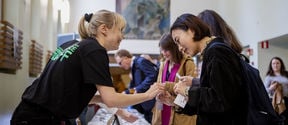
Program now available for the sustainability event of the year - Speakers include economist Kate Raworth and president Tarja Halonen
This year, Sustainability Science Days, a joint event of Aalto University and the University of Helsinki is collaborating with the world's largest Sustainability Research and Innovation Congress SRI. The event will bring together 2,000 experts to solve global sustainability challenges.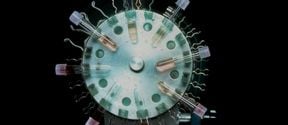
A new way to do controlled experiments in medicine: simulate the control
Generative AI could augment randomized controlled trials.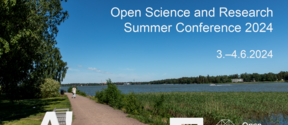
Open Science and Research Summer Conference 2024 will be hosted by Aalto University
Aalto University is co-organising the Open Science and Research Summer Conference 2024 with the National Coordination of Open Science and Research, and VTT.